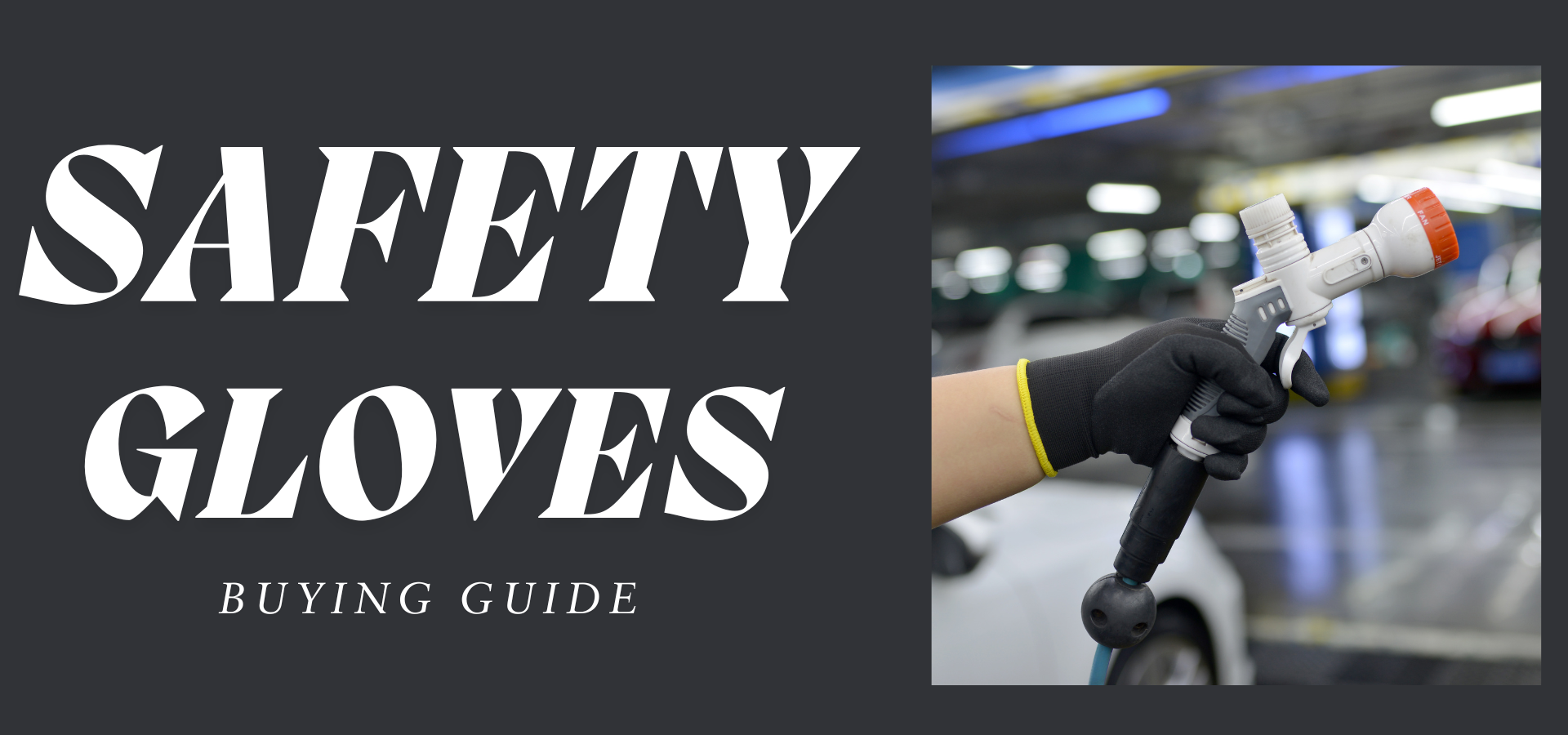 Safety Gloves as an essential component of personal protective equipment, safety gloves are not only key tools for protecting workers from various injuries but also enhance work efficiency, improve operational flexibility, and reduce the risk of hand-related accidents. However, as we all know, the wide variety of safety gloves available on the market makes choosing the right pair a challenging task. In the following, we will help you understand the different types of safety gloves and their importance in workplace safety.
Safety Gloves as an essential component of personal protective equipment, safety gloves are not only key tools for protecting workers from various injuries but also enhance work efficiency, improve operational flexibility, and reduce the risk of hand-related accidents. However, as we all know, the wide variety of safety gloves available on the market makes choosing the right pair a challenging task. In the following, we will help you understand the different types of safety gloves and their importance in workplace safety.

Types of Safety Gloves
Safety gloves come in many varieties, but generally, we classify them based on material and function. Below are the main types of safety gloves:
Chemical-Resistant Gloves
As the name implies, chemical-resistant gloves are designed specifically to protect hands from harmful chemical exposure. Based on material, they are categorized as follows:

Nitrile Rubber Gloves
Nitrile rubber gloves effectively resist mineral oil, vegetable oil, diesel, gasoline, and certain organic solvents (such as ethanol and isopropanol). They are ideal for handling oily compounds and liquid chemicals. These gloves are flexible and snug, offering better abrasion resistance and tensile strength compared to latex gloves. They are also latex-protein-free, making them a great alternative for individuals with latex allergies.

Butyl Rubber Gloves
Butyl rubber gloves are resistant to many concentrated acids, such as sulfuric acid, nitric acid, hydrochloric acid, and phosphoric acid. Though thicker, they offer flexibility and strong resistance to gases like chlorine, ammonia, and toxic vapors. They also exhibit excellent oxidation resistance.

Neoprene Rubber Gloves
Neoprene rubber gloves can resist strong acids, strong alkalis, alcohols, ketones, and some organic solvents such as bleach, ethanol, and ammonia. They have good elasticity and abrasion resistance, are waterproof and impermeable, and usually feature anti-slip palm textures to enhance grip.
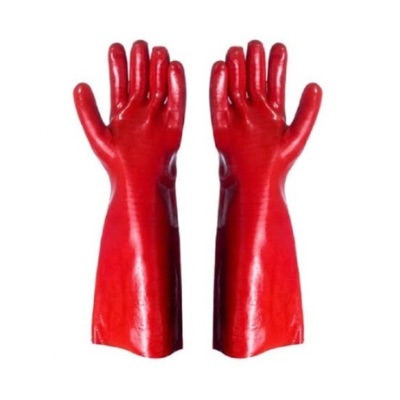
PVC Gloves
Polyvinyl chloride (PVC) gloves provide good protection against diluted sulfuric acid, sodium hydroxide, bleach, corrosives, and alcohols. Their tightly packed surface molecules effectively block water and oils such as gasoline. While not as soft as latex, they are comfortable, well-fitting, durable, and significantly more cost-effective than nitrile or neoprene gloves, making them suitable for bulk use.
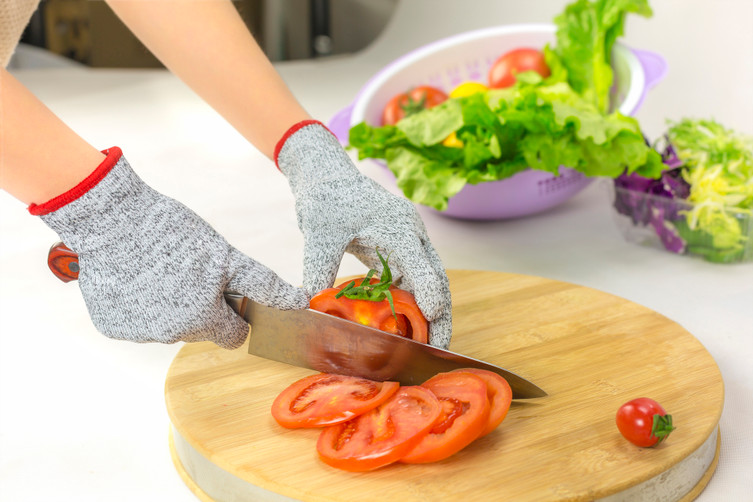
Cut-Resistant Gloves
As the name suggests, cut-resistant gloves are designed to protect hands from cuts caused by cutting machines, blades, glass, and metal edges. They are widely used in mechanical processing, glass manufacturing, metal fabrication, food processing, slaughtering, and construction industries.

Kevlar Gloves
Kevlar gloves are made from high-quality Kevlar fibers, which are five times stronger than steel of the same weight. They effectively resist cuts and punctures from sharp objects such as knives and glass. Lightweight and heat-resistant, they withstand continuous temperatures up to 260°C. Compared to metal gloves, they offer better flexibility and comfort, making them popular in heavy industries such as metalwork, glassmaking, welding, automotive repair, and high-temperature operations.

Stainless Steel Mesh Gloves
Made from high-density stainless-steel rings, these gloves can directly resist blade penetration due to their structural strength. They are durable, can be disinfected at high temperatures or cleaned with detergents, and meet food safety standards. They are commonly used in food processing and meat packaging industries.

HPPE Gloves
HPPE (High-Performance Polyethylene) gloves are woven from high-performance polyethylene fibers. They are stronger than steel but lighter than Kevlar, breathable, sweat-wicking, soft, and snug. They are touchscreen-compatible and widely used in metal processing, glass handling, logistics, electronic assembly, and blade operations.

Impact-Resistant Gloves
Impact-resistant gloves are specially designed to protect hands from high-impact forces such as hammering or heavy object collisions. These gloves often feature reinforced protection on the knuckles, fingers, and back of the hands and are widely used in oil drilling, construction, mining, machinery maintenance, and heavy industries.

TPR Gloves
TPR gloves are made by combining thermoplastic rubber with other high-performance materials. TPR pads are typically placed on the knuckles and fingers to absorb and disperse impact forces, preventing injuries. They can be precisely shaped to fit the back of the hand and knuckle areas.
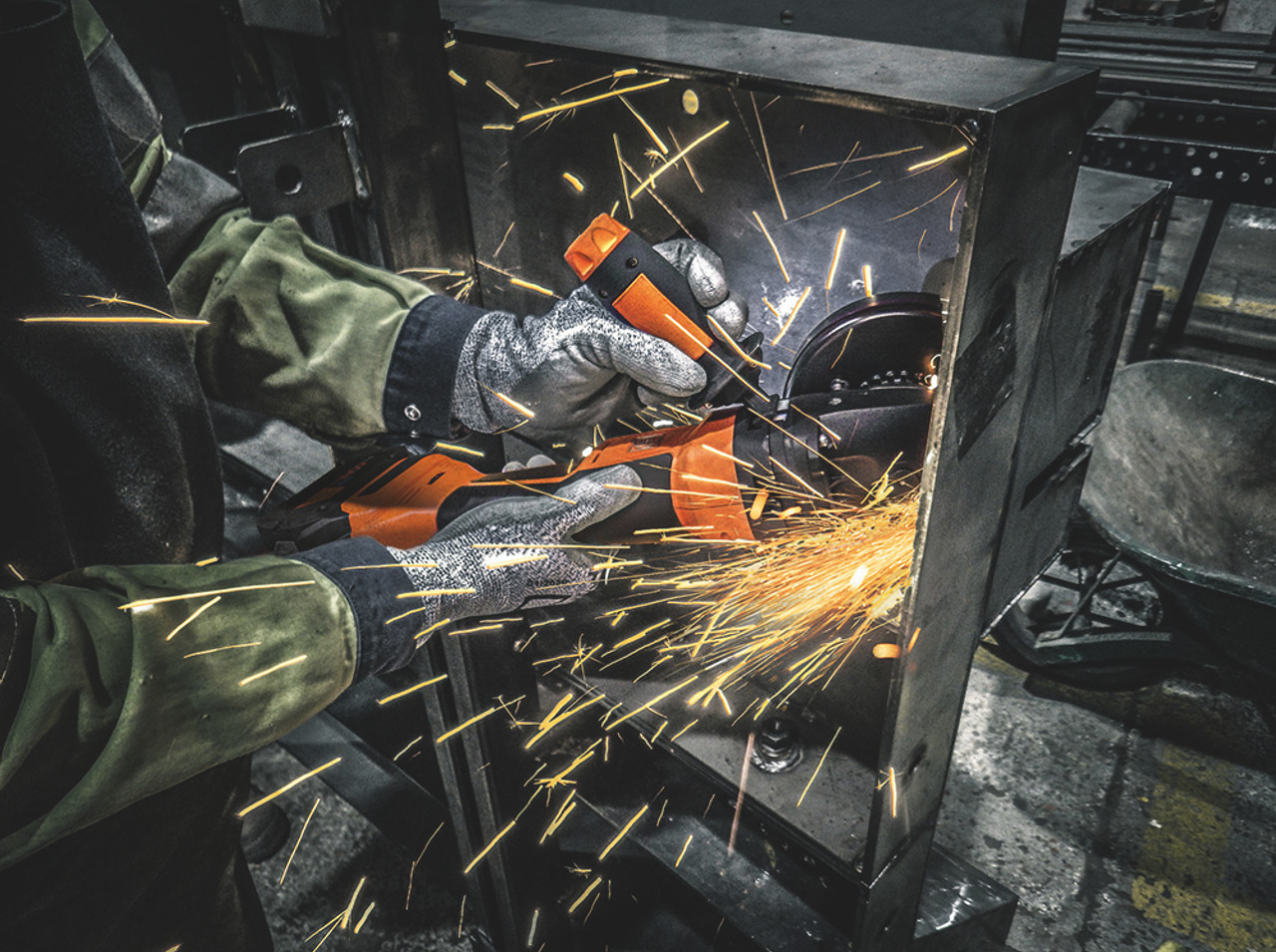
Anti-Vibration Gloves
Anti-vibration gloves are designed to protect hands from mechanical vibrations, especially those caused by power tools. They are commonly used in environments involving frequent use of vibrating tools or equipment. These gloves usually have gel or foam padding in the lining to help prevent Hand-Arm Vibration Syndrome (HAVS).
General Purpose Gloves
General-purpose safety gloves are widely applicable and suitable for basic hand protection across various industries.

Leather Gloves
Typically made from animal hides such as goatskin, deerskin, or cowhide, leather gloves are durable and abrasion-resistant. They effectively prevent punctures, cuts, and scrapes. Some leather gloves also offer heat resistance or chemical protection. Breathable and sweat-wicking, they remain comfortable during prolonged use. Soft and stylish, they offer both protection and fashion appeal.

Cotton Gloves
Cotton gloves are usually woven from natural cotton fibers. They are lightweight, breathable, soft, and comfortable—ideal for daily use and providing basic protection during light-duty tasks.
Choosing the Right Safety Gloves
Before selecting the appropriate safety gloves, assess the specific hazards present in your work or usage environment. Then, choose gloves made of materials that offer necessary protection against identified risks. Next, use the sizing chart provided by the manufacturer to select a glove that fits well, ensuring flexibility and comfort. Finally, check whether the gloves meet relevant safety standards and regulations and whether the supplier provides certification. Of course, price is also a factor to consider—but as the saying goes, you get what you pay for. Choose the best glove that fits within your budget.
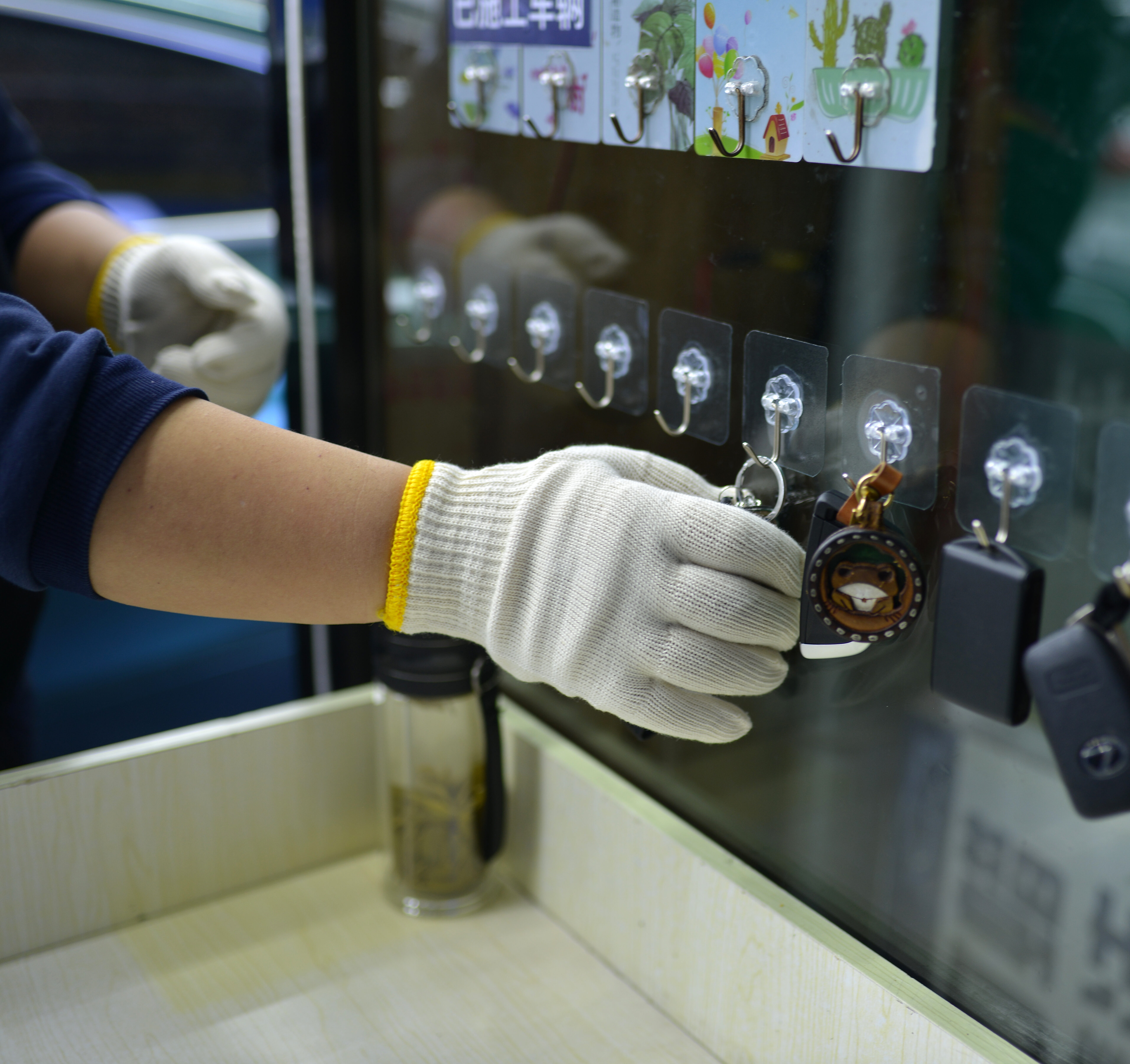
Conclusion
Understanding the different types of safety gloves and their applications is crucial for maintaining workplace safety. By choosing the right safety gloves, you can protect yourself from a variety of hazards and ensure a safer, more efficient work environment.
If you are interested in safety gloves or wish to make a purchase, please contact us as soon as possible. We are available online 24/7 to serve you.
How to Measure Glove Sizes – Source: AIBON
Latex gloves– Source: AIBON
Safety gloves– Source: AIBON
Working gloves– Source: AIBON

